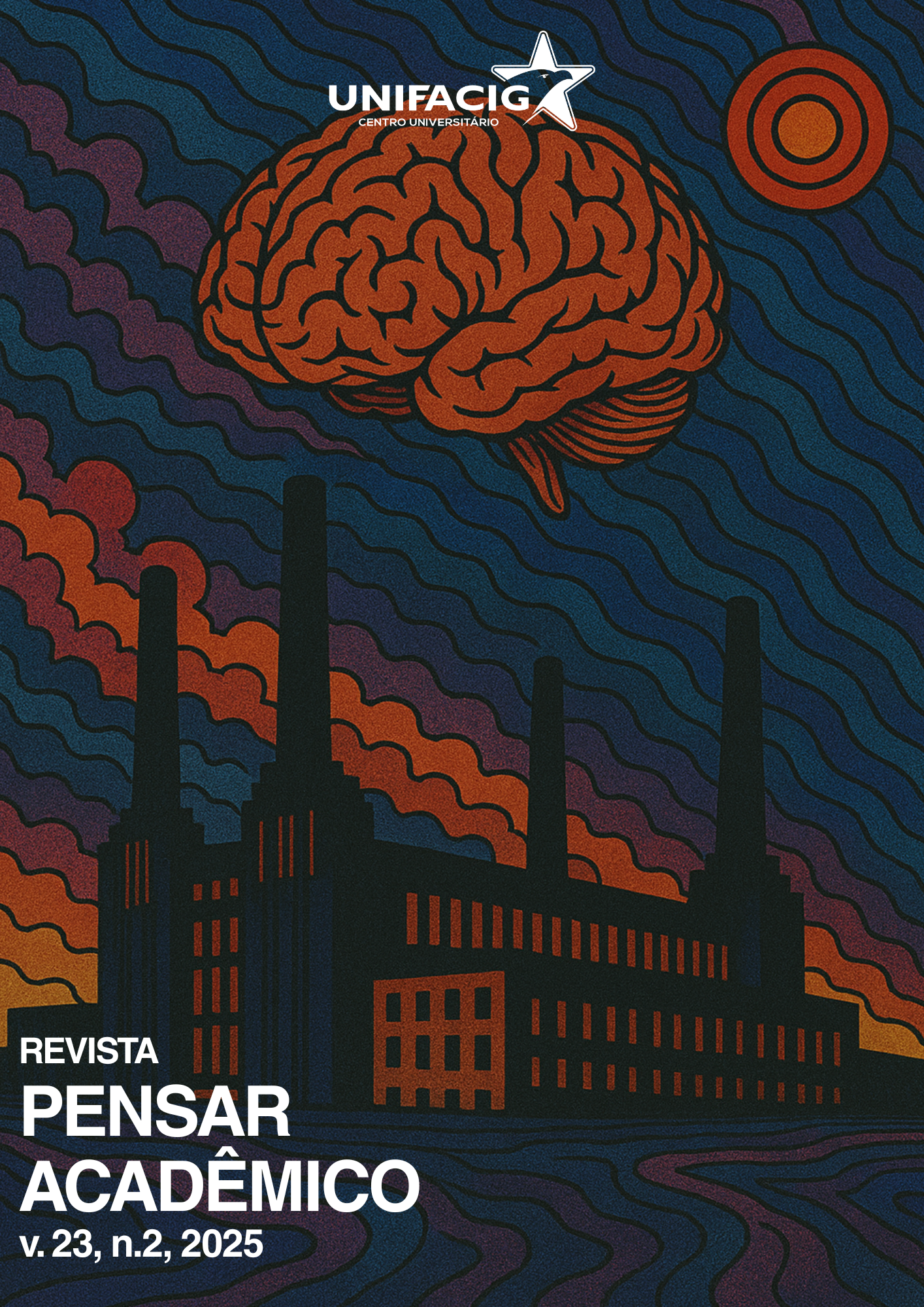USE OF TOBACCO AND ITS DERIVATIVES AMONG THE USER POPULATION OF A UNIVERSITY CAMPUS: PREVALENCE OF USE AND ASSOCIATED FACTORS.
DOI:
https://doi.org/10.21576/pensaracadmico.2025v23i2.4379Abstract
The use of tobacco and its derivatives is the cause of approximately 4.9 million deaths per year worldwide. It is estimated that there are around 1.4 billion smokers in the world. In Brazil, 34% are smokers, aged between 18 and 24 years, which includes the majority of the university population. Currently, new challenges related to tobacco have been presented to society, such as the case of Electronic Smoking Devices. The objective of the study was to estimate the prevalence of the use of tobacco and its derivatives in a sample of the Anhembi Morumbi University of Piracicaba campus. This is a cross-sectional, observational and descriptive pilot study, carried out through the application of questionnaires on campus with students, faculty and staff. The epidemiological questionnaire was structured by the authors, and the Fargeström test was used to assess the degree of nicotine dependence. The data collection period was between March 1st and 21st, 2023, through Forms, with storage in OneDrive. The results obtained were from 178 respondents, 98% of whom were university students and 2% were collaborators/teachers, with a prevalence of 33.7% of tobacco use, among those who smoke, 56.8% of parents have smoked or are smokers, the Fargeström test showed 44% of high nicotine dependence. It was concluded that students constitute the group that consumes the most tobacco on the university campus, with electronic cigarettes and vaping being the most prevalent forms of use.
Downloads
Published
Issue
Section
License
Copyright (c) 2025 Pensar Acadêmico

This work is licensed under a Creative Commons Attribution-ShareAlike 4.0 International License.
Autores que publicam na Revista Pensar Acadêmico concordam com os seguintes termos:- Autores mantém os direitos autorais e concedem à revista o direito de primeira publicação, com o trabalho licenciado simultaneamente sob uma Licença Creative Commons Attribution por 2 anos após a publicação, permitindo o compartilhamento do trabalho com reconhecimento da autoria do trabalho e publicação inicial nesta revista.
- Autores têm autorização para assumir contratos adicionais separadamente, para distribuição não-exclusiva da versão do trabalho publicada nesta revista (ex.: publicar em repositório institucional ou como capítulo de livro), com reconhecimento de autoria e publicação inicial nesta revista.
- Autores têm permissão e são estimulados a publicar e distribuir seu trabalho online (ex.: em repositórios institucionais ou na sua página pessoal), já que isso pode gerar alterações produtivas, bem como aumentar o impacto e a citação do trabalho publicado (Veja O Efeito do Acesso Livre).

